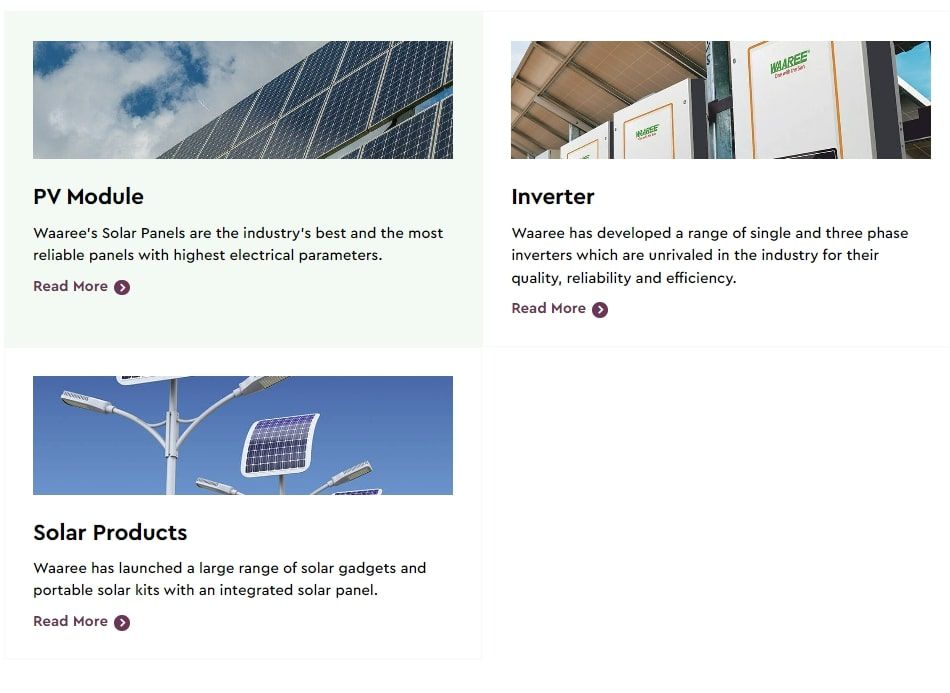












For the first time in human history, more than 50% of the population will live in cities, and the United Nations estimates that by 2050, two-thirds of the world's population will live in cities. Healthy food production and distribution systems are under greater strain. Producing food in cities can improve access to healthy food and reduce the economic and environmental costs associated with transportation. With a lower relative share of rural residents and a consequent drop in the total number of farm households, our societies need to: We need to focus on food production in urban areas.
The concept of using solar panels to create renewable energy while also providing space for local agriculture or native habitats is described as "agrivoltaics."
Both solar developers and the community people who care for the land, such as farmland, rangelands, and indigenous habitats, can benefit from agrivoltaics. And green solar development will be easier if all sides understand how to benefit each other.

Climate, Soil, and Environmental Conditions – The environmental conditions of the site should be suitable for both solar energy production and the desired vegetation or ground cover.
Configuration, Solar Technology, and Design – The choice of solar technology, site layout, and other infrastructure depends on the amount of light reaching the solar panels and whether the tractor can drive under the panels if necessary. It can affect everything from This infrastructure will remain underground for the next 25 years and must be properly maintained for its intended use. affect the success of the project.
Crop Selection and Cultivation Methods, Seed and Vegetation Design and Management Approaches – Agricultural projects need to select crops or ground covers that thrive under the padding of the local climate and are viable in the local market. I have.
Compatibility and flexibility – Agrivoltaics is designed to meet the competing needs of solar plant owners, solar operators, farmers, or landowners to enable efficient farming practices. must be designed.
Collaboration and Partnerships — Communication and understanding between groups are critical to project success.

The main risks of these devices are related to lack of light to plants and reduced agricultural production. Photovoltaic greenhouses are causing a lively debate in the agricultural industry. Depending on the technical route and crop type, solar greenhouses can significantly reduce agricultural yields. Growing crops in solar-powered greenhouses, therefore, requires adjustments in cultivation methods, and producers are trying to adapt these tools to farmers' needs. Some solar greenhouses are suspected to be just an excuse to install solar power plants on agricultural land. Japanese law requires farmers to maintain at least 80% of their agricultural production before installing solar panels so that they can install solar panels on their crops.
Shaded equipment can also increase humidity and increase the risk of disease and pest infestation. Also, if the solar panels are installed several meters above the ground, the wind may pose a fall hazard if installed outdoors.
Farming activities and their requirements should be taken into account when planning and building farming systems. Changes in soil compaction and water circulation can affect agricultural land quality. If solar panels are to be installed, they should be sized, wide, and rotated in accordance with agricultural equipment used for crop maintenance, external cables should be provided and protected, and buried cables should be buried at a depth that includes personnel, machinery, or animals.
Agrivoltaic opponents also mention the visual impact on the landscape: solar panels are generally installed several meters above ground and, therefore, are highly visible.
In the case of perennial structures or for long-term commitments (more than five years), the financial power of the photovoltaic company can be a risk to the farmer if the photovoltaic producer has committed to the disassembly of the structure. As the farmer is responsible for operating the mobile solar panels, if he or she is unable to meet their obligations, part of his or her land may be immobilized by an unprofitable system.
Due to the necessary software and hardware implemented in the project, solar power irrigation systems allow farmers to automate irrigation activities, without physical involvement on their part, by providing real-time information about soil humidity and air temperature and controlling irrigation remotely.
Additional income source
Solar panels produce energy even when irrigation is not necessary, therefore opening up significant opportunities to supply electricity to other agricultural machinery, mills, water purifiers, and cooling units, all contributing to rural development and additional income
Increased value of property
Solar-powered irrigation systems have been shown to increase properties' resale value and make them more appealing to buyers.

Regarding the configuration types of Agrivoltaics devices, since 1980 the German physicists Goetzberger and Zastrow have studied the conditions for optimizing agrovoltaic devices. Therefore, the conditions that continue to serve as a reference in the definition of Agrivoltaics systems are – the orientation of the solar panels to the south for fixed panels or east-west for panels that rotate on an axis; sufficient spacing between solar panels for sufficient penetration of light to the soil; raising the supporting structure of the solar panels to homogenize the amount of radiation on the ground.
The basic components of a solar irrigation system are:

Know more about Agrivoltaics here:
PRODUCTS OFFERED

Waaree Energies Ltd. is the flagship company of Waaree Group, founded in 1989 with headquarters in Mumbai, India. It has India's largest Solar panel manufacturing capacity of 5GWs at its plants in Surat and Umbergaon in Gujarat. Waaree Energies is amongst the top players in India in Solar Panel Manufacturing, EPC Services, Project Development, Rooftop Solutions, and Solar Water Pumps and is also an Independent Power Producer. Waaree has its presence in over 380 locations nationally and 20 countries internationally. Step on to your cleaner journey by contacting us at 18002121321 or mail us at waaree@waaree.com